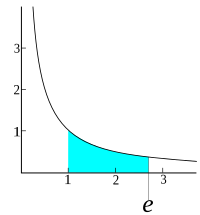
Photo from wikipedia
As a promising solar absorber material, antimony selenide (Sb2Se3) has gained popularity. However, a lack of knowledge regarding material and device physics has slowed the rapid growth of Sb2Se3-based devices.… Click to show full abstract
As a promising solar absorber material, antimony selenide (Sb2Se3) has gained popularity. However, a lack of knowledge regarding material and device physics has slowed the rapid growth of Sb2Se3-based devices. This study compares the experimental and computational analysis of the photovoltaic performance of Sb2Se3-/CdS-based solar cells. We construct a specific device that may be produced in any lab using the thermal evaporation technique. Experimentally, efficiency is improved from 0.96% to 1.36% by varying the absorber’s thickness. Experimental information on Sb2Se3, such as the band gap and thickness, is used in the simulation to check the performance of the device after the optimization of various other parameters, including the series and shunt resistance, and a theoretical maximum efficiency of 4.42% is achieved. Further, the device’s efficiency is improved to 11.27% by optimizing the various parameters of the active layer. It thus is demonstrated that the band gap and thickness of active layers strongly affect the overall performance of a photovoltaic device.
Journal Title: Nanomaterials
Year Published: 2023
Link to full text (if available)
Share on Social Media: Sign Up to like & get
recommendations!